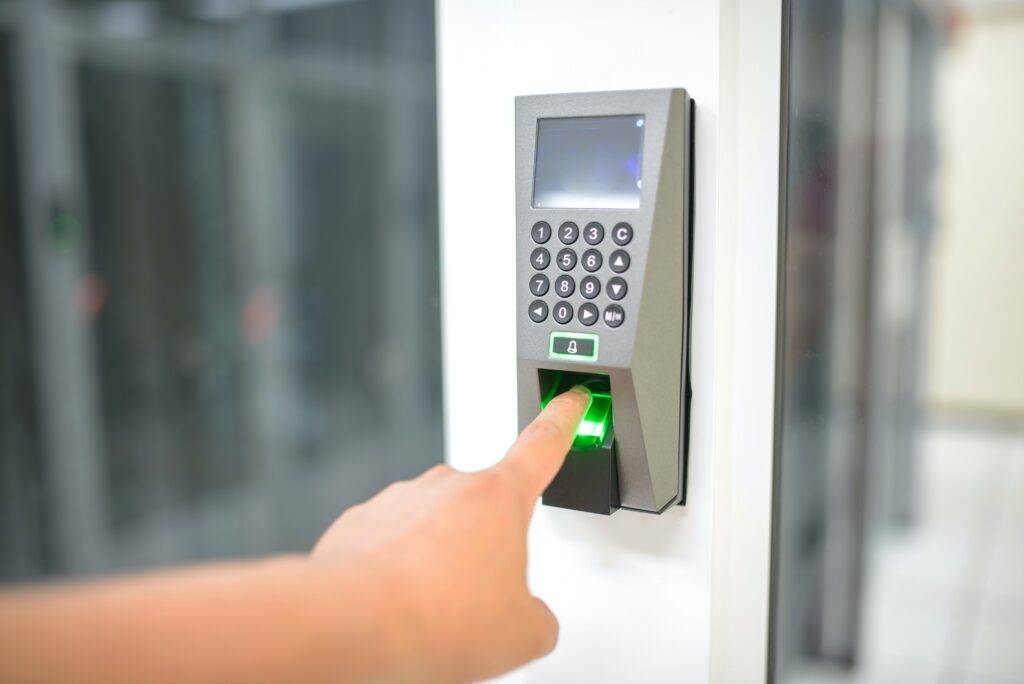
Access control is a security mechanism that restricts access to resources to authorized users. It is a critical component of any information security program, as it helps to protect sensitive data from unauthorized access, use, disclosure, disruption, modification, or destruction.
Types of access control
There are two main types of access control: discretionary access control (DAC) and mandatory access control (MAC).
- Discretionary access control (DAC) is the most common type of access control. In DAC, the owner of a resource controls who has access to it. The owner can grant or deny access to users or groups of users.
- Mandatory access control (MAC) is a more restrictive type of access control. In MAC, access to resources is based on the user’s security clearance and the sensitivity of the resource. MAC is often used in government and military applications.
Access control policies
Access control policies are the rules that define who can access what resources and how they can access them. Access control policies should be designed to meet the specific needs of the organization.
Access control implementation
Access control can be implemented using a variety of technologies, including:
- User authentication: This is the process of verifying a user’s identity. Authentication can be done using passwords, biometrics, or other methods.
- Authorization: This is the process of granting or denying access to resources. Authorization is based on the user’s identity and the access control policy.
- Accountability: This is the process of tracking user activity. Accountability can help to identify and investigate security breaches.
Access control best practices
Here are some best practices for implementing access control:
- Use strong authentication methods: Strong authentication methods, such as multi-factor authentication, make it more difficult for unauthorized users to gain access to resources.
- Implement least privilege: Least privilege means that users should only be given the access they need to perform their job duties. This helps to reduce the risk of unauthorized access.
- Regularly review access control policies: Access control policies should be regularly reviewed to ensure that they meet the changing needs of the organization.
- Monitor access control logs: Access control logs should be monitored for suspicious activity. This can help to identify and investigate security breaches.
Conclusion
Access control is a critical component of any information security program. By implementing strong access control policies and technologies, organizations can help to protect sensitive data from unauthorized access.
